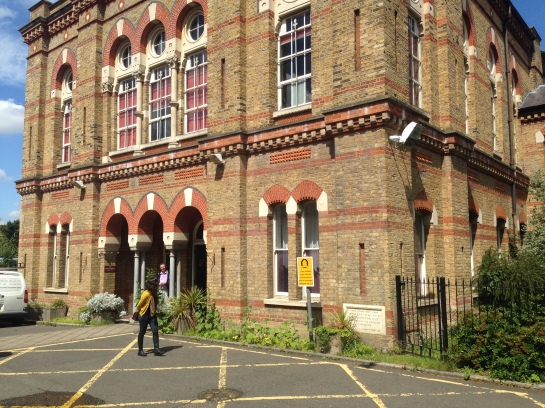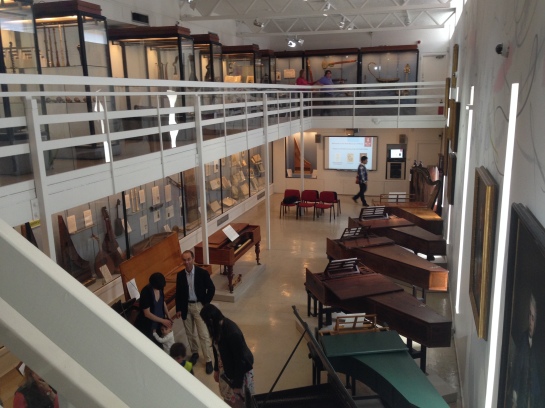This year was a particularly hard year for challenges, but I just about managed to complete all of them.
The museums challenge was great – I’m going to really miss that one. We saw some amazingly niche places, heard some amazing stories and met some amazing people.
Personal highlights have to be the Mechanical Museum and the Old Operating Theatre. Perhaps its not by chance that both of them had tour guides that were hugely passionate about their subjects. Ones to miss are the Sherlock Holmes museum and the Twinings museum – both of which are masquerading as museums, but are essentially shops for tourists.
The beers challenge was a good one too – slow starting but got going pretty quickly once I got the hang of writing down the scores in my phone.
The one closest to the wire was the film challenge. I managed to fit in all of the films, but I have to admit I drifted in and out of The Empire Strikes Back…
24 Museums
1. Cartoon Museum
2. Churchill War Rooms
3. Cinema Museum
4. Dennis Sever’s House
5. Dr Johnson’s house
6. Design Museum
7. Down House
8. The Geffrye Museum
9. London Film Museum
10. London Transport Museum
11. Mansion House
12. Brunel Museum
13. Museum of the Order of St John
14. Musical Museum
15. Old Operating Theatre Museum & Herb Garret
16. Pollock’s Toy Museum
17. Rose Theatre exhibition
18. Fashion and Textile Museum
19. Royal College of Music Archives and Museum of Instruments
20. Sherlock Holmes Museum
21. Twinings Museum
22. V&A Museum of Childhood
23. Bank of England museum
24. The Stephens Museum
24 Beers
1. Kohinoor, Windsor & Eton
2. American Pale Ale, Long Man Brewery
3. Hadouken, Tiny Rebel Brewing Co.
4. Oscar Wilde, Mighty Oak Brewing Company
5. Hophead, Dark Star Brewing Co
6. Green Shoots, The Marlow Brewery
7. Titfer, A Head in a Hat Brewing
8. Bitter & Twisted, Harviestoun Brewery
9. Swallow and Swift, Trumans Brewery
10. Guzzler, York Brewery
11. Lapworth Gold, Byatts of Coventry
12. Badger Golden Champion, Hall & Woodhouse
13. Billabong, Tiny Rebel Brewing Co.
14. Eton Boatman, Windsor & Eton
15. God lager, Nils Oscar
16. New World IPA, Northern Monk Brew Co
17. Windermere Pale, Hawkshead Brewery
18. Long Blonde, Long Man Brewery
19. Notting Hill Red, Moncada Brewery
20. Lion, Hook Norton Brewery
21. First Light, Hook Norton Brewery
22. Summer Meltdown, Dark Star Brewing Co.
23. Scurvy Bitter, Greene King House Ale
24. Aviator Ale, Dent Brewery
24 Frames a Second
1. American Beauty
2. The Birds
3. The Empire Strikes Back
4. The Fog
5. The Godfather
6. King Kong
7. Up
8. The Mark of Zorro
9. The Shawshank Redemption
10. Goodfellas
11. Se7en
12. The Usual Suspects
13. Casablanca
14. It’s A Wonderful Life
15. Reservoir Dogs
16. Singin’ In The Rain
17. Some Like It Hot
18. The Graduate
19. The Untouchables
20. The Good, The Bad And The Ugly
21. Memento
22. Donnie Darko
23. Fargo
24. A Clockwork Orange
Onto Challenge 25…



















